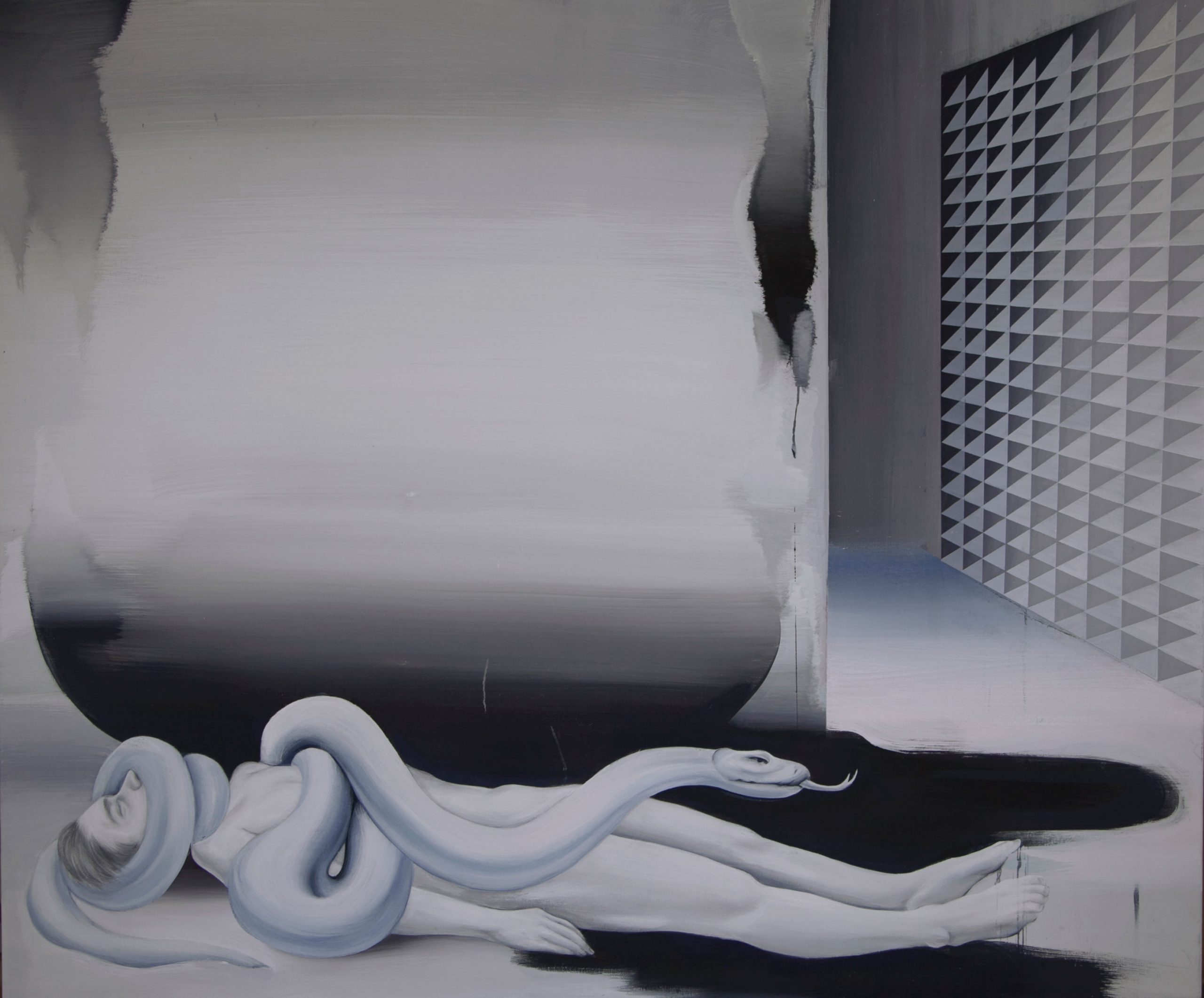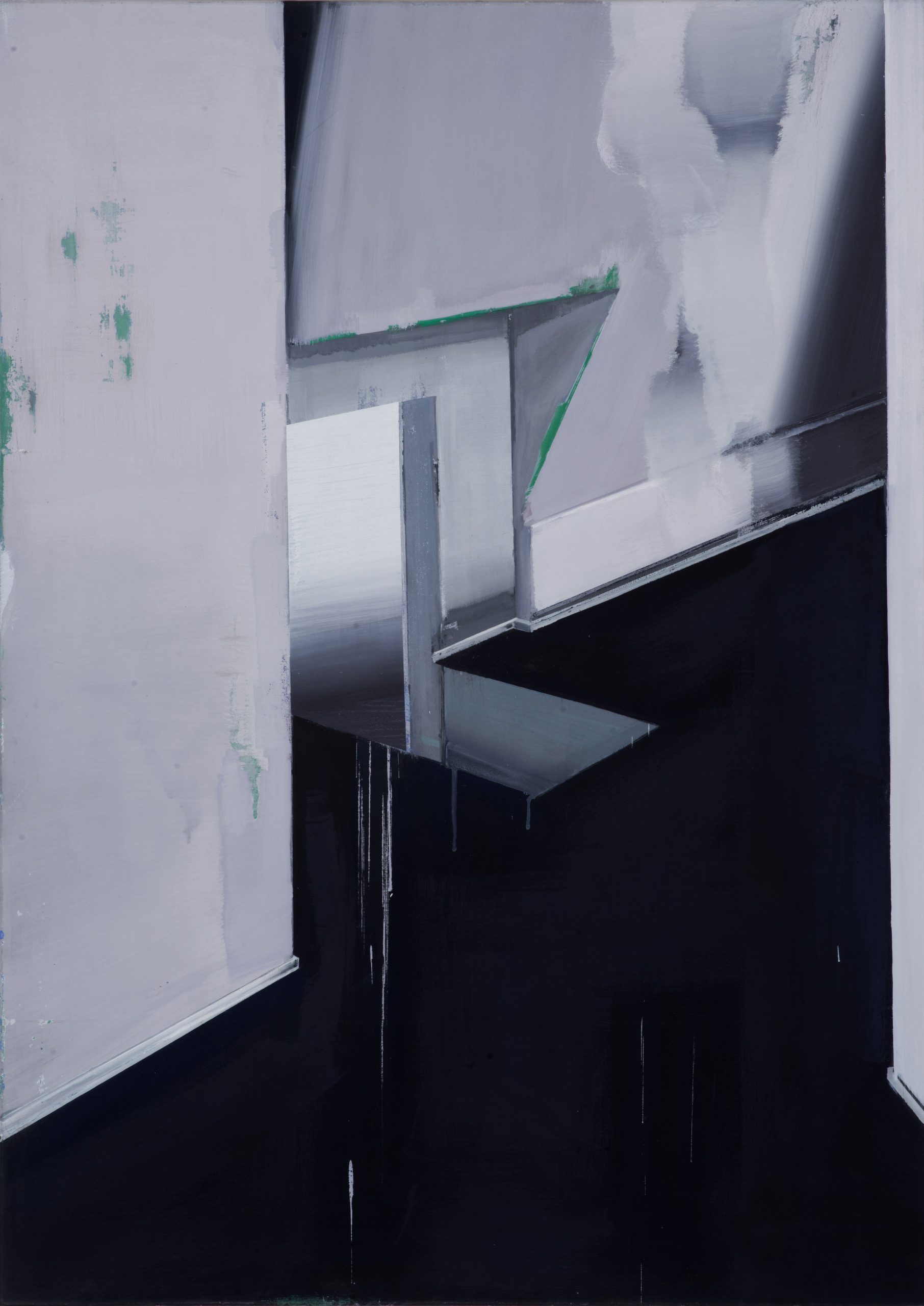Wunderkammers, also known as, ‘cabinet of curiosities’ or ‘wonder rooms’ were a collection of notable objects collectively displayed in a room that created a sense of wonder. These wunderkammers were popular in nineteenth-century Europe and played an important role during the Renaissance era. They also served as a prototype for modern-day museums. These collections ranged over four different kinds of categories like artificialia (manmade art, antiques, and artifacts), naturalia (natural objects and fantastic creatures), exotica (exotic plants and animals), and scientifica (scientific instruments and inventions).
Jina Park, a South Korean artist based in Berlin, uses the relevance of wunderkammer in the imperial courts and creates artworks that reflect on the exotic importance animals and objects served in creating royal supremacy. Park uses the Oriental gaze to define the colonial exploitation and exoticization of foreign animals, plants, and objects. She uses her paintings as a tool to criticize imperialism and the effects it has in a post-colonial world. Park says, “My work deals with misunderstandings and prejudices caused by orientalism and Eurocentrism… Monarchs and aristocrats of all times boastfully raised exotic animals and discoveries as status symbols. The vanity of the conquerors killed tropical and subtropical animals. They died lonely, painful death in a distant and strange land.” Through her artwork, she displaces the misplacement of these exotic animals and plants.
Park’s artworks are a collection in itself. She visually collects objects and creatures from different spaces and repaints them as a means to reclaim them. She says, “I have collected the objects, such as the relief of Assyria, from different places like the Pergamon Museum in Berlin and the British Museum in London, where you can find traces of colonialism and imperialism.” In doing so, Park reflects their Oriental histories and repaints a picture that forces the viewer to look beyond the idea of exotic collection and ponder upon misplacement. She says, “Through the action of painting I can ‘take possession’ of objects from all over the world and thereby give my painting personality or individuality. That was my cabinet of curiosities.”
Park explores the idea of displacement by juxtaposing different animals or objects together, which invokes a sense of displacement and alienation. Park explains, “In the 19th century, the European powers and Japan strove to open modern zoos. The collections of strange animals from former royal families were of different quality. The western powers, who amassed a great deal of fortune through world trade and who ruled in areas at the other end of the world, were particularly keen to systematically collect and display plants and animals from all over the world. Zoos as luxury goods should demonstrate the supremacy of European imperialism.” Park’s criticism enlightens a different aspect of Orientalism that has been absent or ignored in its discourse. Appropriation of cultures and people is practiced immensely when it comes to an orient. Park deals with this appropriation through her artwork and satirises the exotic gaze.
She says, “When I visited the Pergamon Museum for the first time, it was very exciting at first but over time I felt uncomfortable as I felt the exhibits were appropriated. This ambivalent feeling really inspired me. At work I appropriated the images of these objects again, put them together in my collections, as a collage.” She deconstructs the oriental realities through her cabinet of curiosities and presents an alternate discourse through her art to envision a world with a critical eye.
This story is a part of our ongoing collaboration with The Honey Pump. The Honey Pump fosters relationships with institutions, art galleries, businesses, and art collectors, connecting them with artists to produce impactful projects. As a women-owned visual arts agency, the Honey Pump aims to produce sustainable and equitable initiatives which promote transparency and collaboration. Since its relaunch as a visual arts agency in 2020, the Honey Pump set out to develop an innovative business model mindful of how the art world has evolved. The agency supports clients and artists by helping them navigate professional relationships. The Honey Pump offers flexible solutions to meet a wide range of goals at a variety of scales and budgets.
Text by Mariyam Fatima.
Featured Artist Jina Park










